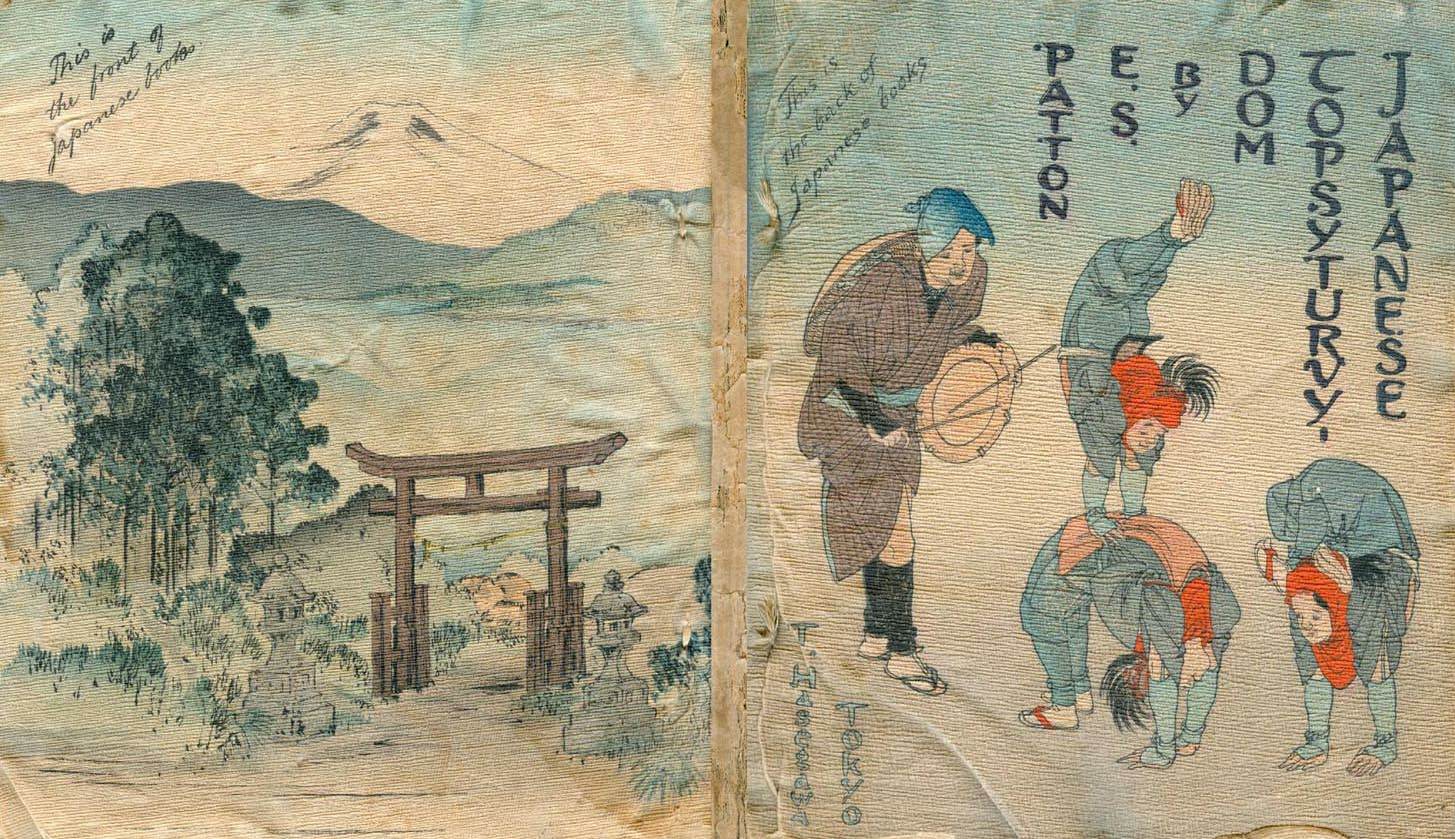

However, within the institutional confines of the Shinto religion, the existence of the Emperor as bloodline descendent of the sun goddess, Amaterasu Omikami, still occupies an important position, and the Emperor is positioned at the summit of the religious beliefs and practices. At present, as a result of the proclamation by Emperor Showa after WWII that he was a human being and not a god, the role of the Emperor in the political realm, and the relationship of the Emperor to the people has changed. With respect to the third category, the Emperor was said to be a "living god" prior to WWII, and this held true not only within the confines of Shinto thought, but in the realm of politics as well, where the Emperor was also considered to be a kami. Kami that have come into existence by the deification of ancient leaders or influential personages. These natural entities and phenomona later came to be called 'kami'. Upon being instilled with a sense that these were anger (curse) of 'something' awe-inspiring, people in ancient Japan began to venerate of natural entities and phenomona, seeking to placate the anger when they thought that the awe inspiring entity or phenomenon was angry (and would impart misfortune), or to seek blessings. Nature bestows benefits onto humankind, and from time to time also presents hazards to humankind. This sense remains as a fundamental underpinning of Shinto to this day, and Yakumo KOIZUMI maintains that this is 'the sensibility of Shinto'. In ancient Japan, people felt that there was something awe-inspiring about the mountains, rivers, giant rocks, giant trees, animals, plants, and other such elements of nature, as well as natural phenomena such as fire, rain, wind, thunder, and the like. The oldest among the above-described types of kami are those that have come into existence as the result of the transformation of natural entities or phenomena into kami. Kami that have come into existence as the result of the transformation of natural entities or phenomena into kami. Emperors are kami that in the sense that monarchs are considered 'divine' according to the "Theory of the divine right of kings". The all-powerful Emperors, who are the creators and rulers of all things.Ħ. The three kami that are the creators of all things (referred to below as the three creator deities).ĥ. Kami that are thought to be deified individuals that have come into existence as a result of the deification of ancient leaders, influential personages and the like (euhemerism).Ĥ. Conceptual kami that have come into existence as a result of the transformation of an abstract entity such as a concept or misfortune into a kami.ģ. Kami that have come into existence as a result of the transformation of a natural entity or phenomenon into a kami.Ģ. Generally speaking, kami can be categorized as follows.ġ. Kami in Shinto are intimately related to the ability to curse human beings. (Refer to 'To curse') It is precisely because of this capacity to cause disasters and other misfortunes that kami are to be feared. While Shinto's multitude of kami are 'humanized divinities' who have the same form and attributes as humans, they are also 'guardian gods' that bestow blessings on the living however, such kami are also capable of tormenting or harassing the living. Yaoyorozu (8 million)' appearing in the expression 'Yaoyorozu no Kami' is an example of a large number. Lucky designs are very popular in the Japanese archipelago.The "kami" found in Shinto are objects of faith that are to be feared or held in awe. In this article we will see the meaning of Japanese patterns according to seven main types :ĭiscover the meaning of more than 70 Japanese symbols! 1. The will of the land of the rising sun is to extend the history of these motifs through all kinds of decorative objects, kitchen utensils, clothing and especially through Japanese art and crafts! So the Japanese created the term "Wagara" in memory of these ancient symbols. Younger generations wore western clothes and abandoned traditional clothing.

In the 20th century, the meaning of ancient Japanese patterns began to be lost. They are inspired by nature and were made using Chinese painting and calligraphy techniques. Their history dates back to the 8th century of the Heian period. They were originally created to decorate traditional clothing. They are historical designs from the land of the rising sun.

Traditional Japanese patterns are called "Wagara" designs.


 0 kommentar(er)
0 kommentar(er)
